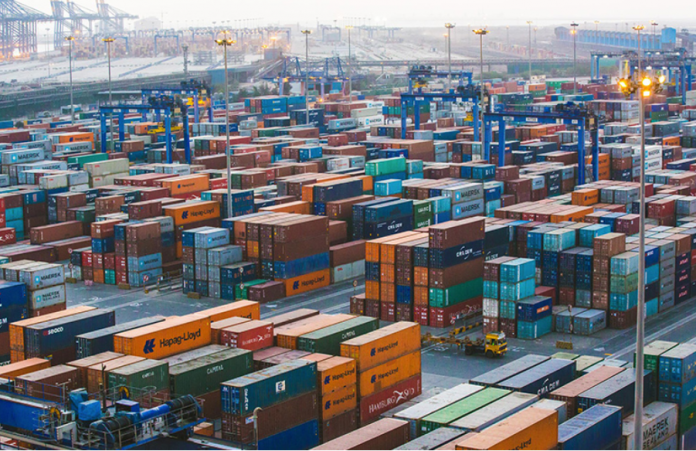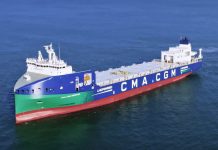
Global long-term shipping rates sank to a two-year low in July, with the latest data from Xeneta’s Shipping Index (XSI®) showing a fall of 9.5% since June, adding to a deep collapse that started last year. Long-term valid contract rates have now lost 57.8% of their value since the same period in 2022.
Xeneta’s real-time data, crowd-sourced from leading global shippers, makes bleak viewing for carriers with rates falling on all the main trading corridors. Xeneta market analyst Emily Stausbøll points out that market indications also show there will be a little respite on the horizon for carriers.
Elephant in the room
‘Carriers waiting for higher volumes in July, and in the coming months due to peak season, look increasingly likely to be disappointed,’ says Stausbøll. ‘Even if volumes do increase, and whatever happens to demand, overcapacity is now inevitable as these record numbers of new ships being delivered this year will have a wide-reaching effect,’ adds Stausbøll.
The figures show an alarming situation unfolding for carriers as June saw the highest-ever monthly deliveries of new ships, with more than 300,000 TEUs of capacity from a total of 40 new ships added to the market. In the first six months of the year, a total of 990,000 TEUs was delivered, with around the same to come in the second half of 2023.
Challenging trends
Low demand is still the underlying factor affecting rates and the figures for July were gloomy across the board. The XSI® for Far East exports fell by just 2.7% to 188.62 in July, but this is now the lowest this index has been since April 2021, and a 69.5% drop from July last year.
European Imports were down by 12.0% from the previous month and this sub-index is now down by 52.7% since the start of this year. A slight fall of 2.9% in the XSI® for US imports has brought the index to 231.6 points in July. ‘This is the only index still above 200, or still more than twice as expensive as the average rate in January 2017,’ explains Stausbøll.
‘On all but three of the XSI® sub-indices, the averages of all valid long-term rates have dropped by more than 50% compared to a year ago,’ says Stausbøll. ‘The average shipper on the main trades should be paying less than half the rates they were a year ago on the long-term market. Despite an increase in volumes from previous months, global container demand remains down year on year.
Strike threats back on the agenda
Just as the threat of strikes at US West Coast ports was averted after a deal was signed, a new twist in port labour relations has jumped to the fore. The Canadian chapter of the ILWU went on strike in July, disrupting imports through the ports of Prince Rupert and Vancouver and a considerable slice of the US market.
Stausbøll adds, ‘Low import volumes and space at some ports allowed shippers and carriers to mitigate delays and find alternatives when the Canadian ports were temporarily closed, but this situation is yet another thorn in the side for the industry at a crucial time leading up to peak season.’
Author of the article: Xeneta Market Analyst Emily Stausbøll





